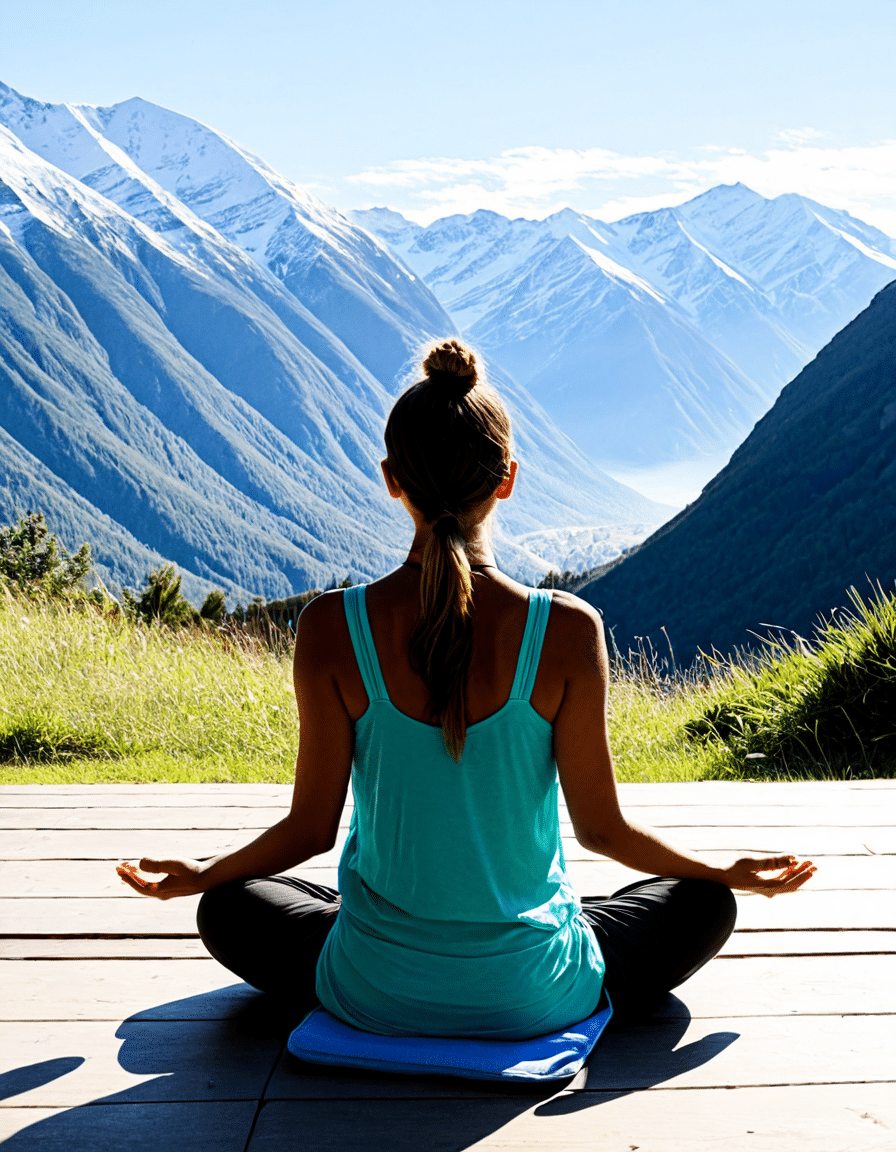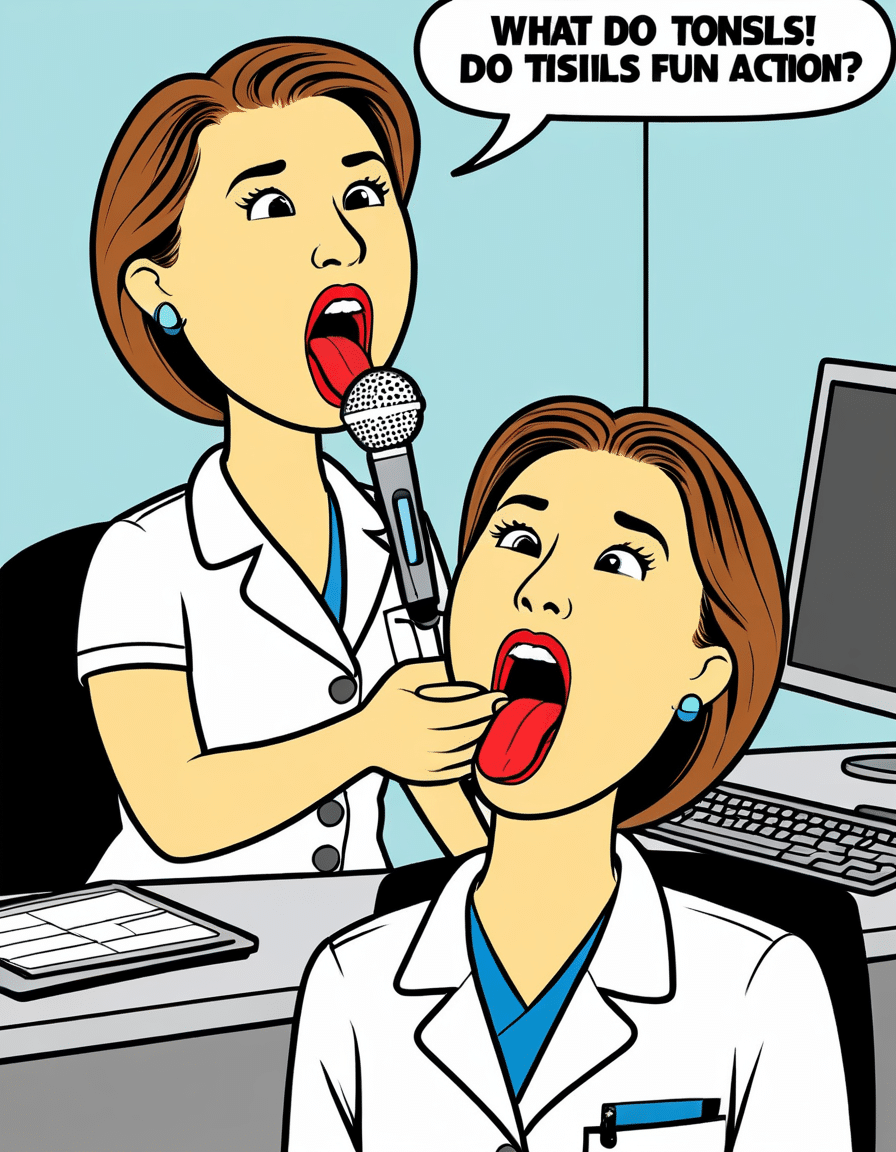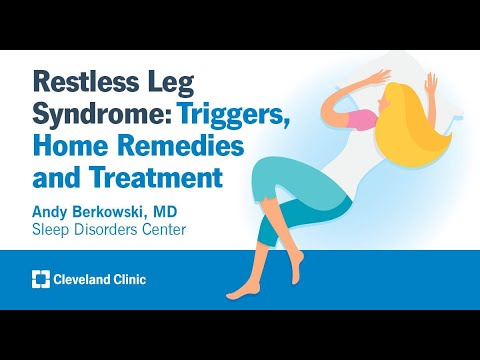
## Restless Legs Syndrome Treatments You Need to Know Now
Restless Legs Syndrome (RLS), known in the medical community as Willis-Ekbom Disorder, affects millions of folks worldwide. This pesky condition triggers uncomfortable sensations in the legs and an almost irresistible urge to move them. It’s not just a nuisance—this syndrome can seriously disrupt sleep, making it hard for individuals to function during the day. Imagine a serious leg tickle that keeps you from resting, leaving you tossing and turning all night. That’s RLS for you, with symptoms that can range from mild discomfort to severe distress. Some even describe sensations like electric shocks or bizarrely, that feeling of insects crawling beneath the skin.
The profound impact this condition has on everyday life can’t be overstated. The frustration of not being able to sleep can lead to brain fog, irritability, and a serious dip in performance at work or the gym. For those of us who strive for peak physical condition—whether it’s getting shredded or building muscle mass—RLS can hinder progress like an uninvited guest at the party. It creates awareness about the importance of understanding RLS and what it entails. The good news? There are several restless legs syndrome treatments out there that can help you regain control of your life.
As we explore the different treatment options, remember that what works for one person may not work for another. That means staying informed and engaged in the process is crucial. Let’s dive into the top seven restless legs syndrome treatments you should consider if you want to kick those restless legs to the curb!

Top 7 restless legs syndrome treatments to Consider

1. Medications: Prescription Innovations
First up, we have medications. Pramipexole (Mirapex) and Ropinirole (Requip) have emerged as frontline treatments for RLS. They act as dopamine agonists, helping to alleviate those annoying sensations and improve sleep quality for countless individuals. Clinical studies highlight that many users experience significant symptom relief, with improvements reported as high as 80%. If that sounds like magic to you, it’s because it kinda is!
Another promising option is Gabapentin (Neurontin). This medication has been a great alternative for those who can’t tolerate the dopamine agonists. Patients have found it especially effective in reducing leg symptoms during the night, allowing for a solid night’s rest.
2. Lifestyle Modifications: Making Daily Changes
Next, let’s talk lifestyle modifications. You might be wondering how daily changes can impact your RLS—but let me tell you, they can totally transform your experience. Increased Physical Activity is one of the biggest game-changers! Simple activities like walking or swimming can significantly improve symptoms. A recent study even reported that moderate aerobic exercise reduced symptoms by about 35%. Isn’t that awesome?
Sleep Hygiene also plays a vital role here. Setting up a consistent and relaxing bedtime routine is crucial. Avoiding caffeine in the evening is a must—trust me, that Starbucks hot chocolate at night isn’t worth it if it means a night of restless legs! Try to maintain a consistent sleep schedule and create a cozy sleep environment. It can work wonders for your rest and rejuvenation.
3. Dietary Considerations: Foods That Help
Your diet can also be a key player in battling RLS. If you’re lacking essential nutrients, those restless legs may rear their ugly heads even more! An Iron and Magnesium deficiency can exacerbate symptoms. Foods like spinach, legumes, and red meat are rich in iron. Want to pump up your magnesium levels? Load up on nuts, seeds, and whole grains.
Don’t forget about good old Hydration, either. Staying adequately hydrated helps prevent muscle contractions that can worsen RLS symptoms. Water should be your beverage of choice, so fill that water bottle and keep drinking!
4. Alternative Therapies: Holistic Approaches
Let’s shift gears to Alternative Therapies. Have you ever considered acupuncture? This age-old practice has gained traction as a complementary treatment for RLS. While research is still emerging, several studies indicate that acupuncture can provide significant relief for various patients experiencing RLS symptoms.
Another option? Massage Therapy! Regular massages may help alleviate leg discomfort. Patients have reported marked reductions in RLS sensations both during and after their sessions. So, why not treat yourself? Be your own best friend and give those tired legs a little TLC!
5. Technological Aids: Innovative Solutions
As technology marches on, so do restless legs syndrome treatments! The Restless Legs Syndrome Foundation has collaborated with tech developers to produce nifty devices like the ReST system. This device employs sensory stimulation to ease RLS symptoms. How cool is that?
There are also Sleep therapy apps that help set up personalized routines. Many users of apps like Calm swear by them, claiming significant decreases in RLS severity following improved sleep habits. What’s not to love about leveraging technology to combat those restless nights?
6. Cognitive Behavioral Therapy (CBT): Mental Strategies
We can’t overlook the mental aspect when it comes to restless legs syndrome treatments. Cognitive Behavioral Therapy (CBT) offers strategies to help manage stress and anxiety, common culprits in RLS flare-ups. Evidence suggests that therapy can help reshape negative thoughts about discomfort and sleep, leading to better coping mechanisms.
Take the time to invest in your mental well-being. A clearer mind often leads to a more restful body, pushing you closer to that shredded, muscular physique you’ve been working hard for!
7. Support Groups and Community Resources: Staying Connected
Lastly, let’s chat about the power of connection. Engaging with Support Groups, whether online or in person, can be transformative when managing RLS. These communities provide platforms for sharing experiences and advice, connecting with others who understand what you’re going through. Organizations like the Restless Legs Syndrome Foundation offer incredible forums for individuals affected by this condition.
Don’t go it alone! Celebrate victories, share strategies, and lean on your peers when times get tough. Connect with resources that help you navigate your RLS journey.

The Road Ahead for Restless Legs Syndrome Treatments
The journey doesn’t end here. As our understanding of RLS continues to expand, so do the restless legs syndrome treatments available to tackle this challenge. It’s vital for those suffering from RLS to engage with healthcare professionals and craft a treatment plan that fits their needs.
New research and findings promise exciting possibilities for more effective therapies and insights into this often-misunderstood condition. Stay proactive in your health journey! By staying informed, taking control of symptoms, and collaborating closely with healthcare providers, you can improve your quality of life. Here’s to a future where restless legs don’t get in the way of your workout goals or disrupt the ultimate pursuit of muscle and strength.
It’s time to kick those restless legs to the curb and unleash your inner champion! Remember, the road to greatness isn’t always a straight line. But with the right information and support, you can pave your way toward a life filled with comfort, strength, and—most importantly—peaceful nights. Let’s make it happen! 🏋️♂️

Restless Legs Syndrome Treatments You Need to Know Now
Understanding Restless Legs Syndrome
Restless Legs Syndrome (RLS) isn’t just a quirky sleep issue. This condition often leads to uncomfortable sensations, causing an irresistible urge to move your legs—especially when snoozing or sitting still. To combat these symptoms, folks often turn to a mix of lifestyle tweaks and medical treatments. Did you know that many people with Crohn’s symptoms also report similar leg issues? It’s curious how interconnected our bodies can be! Feeling like you’re lost in space? Exploring underlining conditions might just lead to relief.
Lifestyle Changes That Help
One of the first moves for effective restless legs syndrome treatments is adjusting lifestyle habits. Regular exercise, a balanced diet, and good sleep hygiene can make a huge difference. For instance, incorporating ginger juice into your daily routine might not just spice up your meals; it has also been touted for its anti-inflammatory benefits. Plus, how about swapping out traditional lip balms for something new, like Fenty lip balm? Keeping your skin hydrated can improve your comfort too, especially during those restless nights.
Medical Interventions
When lifestyle changes aren’t enough, some may need to dive into medication. From dopamine agonists to iron supplements, treatment plans can vary widely based on individual needs. It’s fascinating to note how much medical advances have come along: think of Stephen Hawking’s disease, which inspired a wealth of research that fuels our understanding of neurological disorders, including RLS. Consulting with healthcare professionals and exploring options is vital.
Fun Fact to Consider
Lastly, if you’re ever in Durness, you might be surprised to find that the beautiful landscapes can actually aid with relaxation—perfect for those RLS flare-ups! Nature has a remarkable way of promoting calmness and peace. So, whether you’re watching anime like The Dreaming Boy Is a Realist for some light distraction or enjoying the tranquility of your surroundings, consider it part of your treatment toolkit. Embracing these simple joys can make the journey toward managing restless legs syndrome treatments more bearable—and even enjoyable!







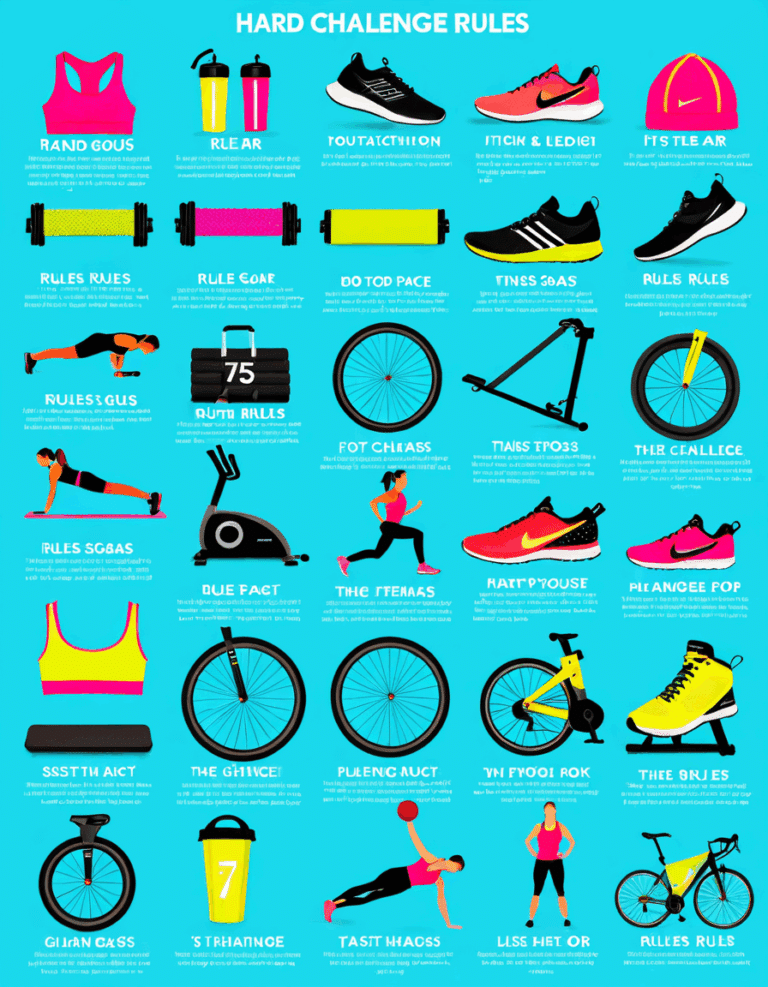


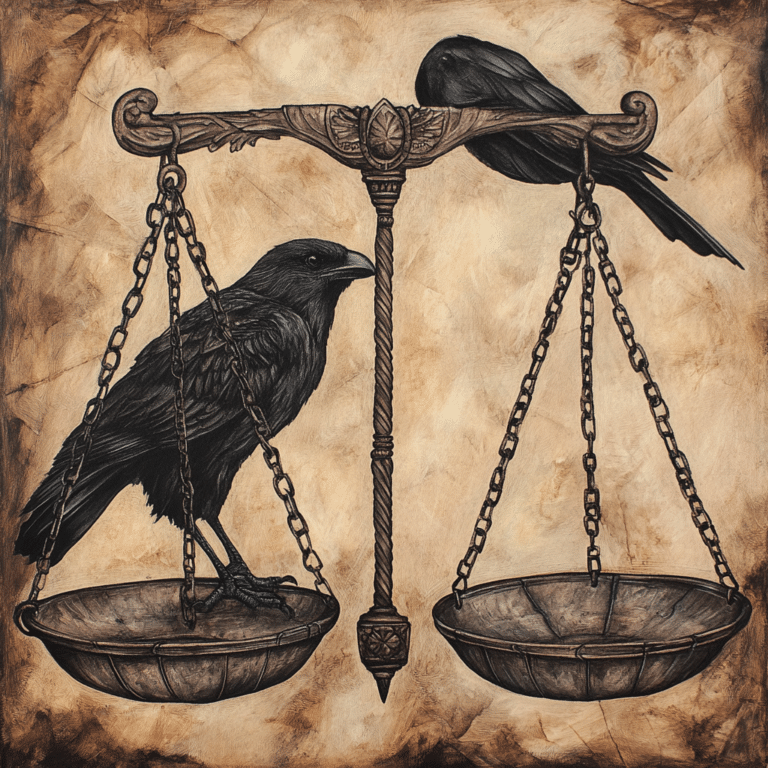
![Goodnight for Justice Triple Feature (Goodnight for Justice Queen of Hearts Measure of a Man) [DVD]](https://www.chiseled-magazine.com/wp-content/uploads/2024/03/Goodnight-for-Justice-Triple-Feature-Goodnight-for-Justice-Queen-of-Hearts-Measure-of-a-Man-DVD.jpg)








